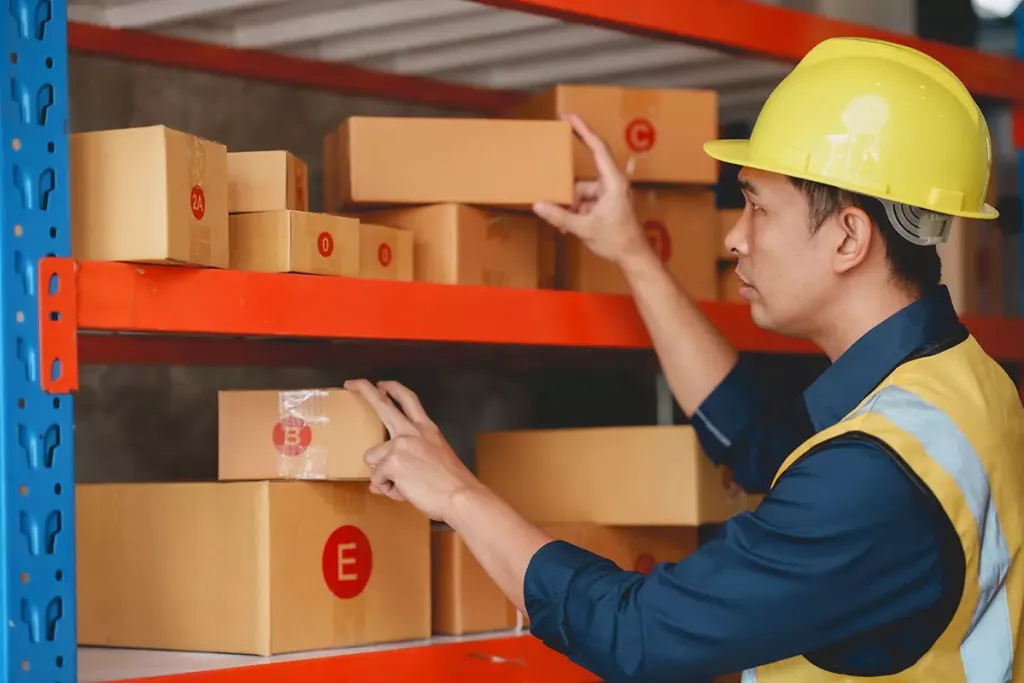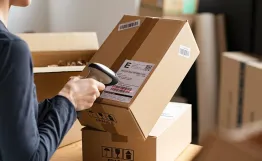Pre-Shipment Inspection: Your Last Line of Defense for Quality Assurance
Modified on:
Pre-Shipment Inspection: Your Last Line of Defense for Quality Assurance
Pre-shipment inspection (PSI) is a crucial step in the manufacturing and supply chain process, ensuring that products meet the required specifications before they are shipped to customers. This final quality control check safeguards against defects, reduces returns, and builds trust with clients. In this blog, we’ll explore what pre-shipment inspection entails, its significance, and how it helps maintain high-quality standards.
About Pre – Shipment Inspection
What Is Pre-Shipment Inspection?
Pre-shipment inspection is a systematic quality control process conducted after production is complete but before goods are shipped. Inspectors verify that the finished products comply with the agreed specifications, focusing on aspects like quantity, quality, packaging, labeling, and functionality.
Key Steps in the Pre-Shipment Inspection Process
Inspectors begin by selecting a random sample of products based on international standards such as the AQL sampling method. The selected sample is visually examined for defects such as scratches, discoloration, or incorrect assembly. Functional testing is carried out to ensure that products work as intended.
Why Is Pre-Shipment Inspection Important?
Pre-shipment inspection ensures that the final product matches the required specifications and confirms the quality of goods before they leave the facility. It detects issues early, reducing returns and complaints. This step reassures clients that they will receive high-quality goods while saving manufacturers from costly recalls or rework.
Common Issues Identified During Pre-Shipment Inspection
During pre-shipment inspection, inspectors often find defective products with scratches, dents, or functional issues. Quantity discrepancies, where the product count doesn’t match the purchase order, are also common. Weak or inadequate packaging that risks product damage during transit is another frequent issue. Inspectors also identify labeling errors, such as missing or incorrect product labels and shipping marks.
Best Practices for Effective Pre-Shipment Inspection
Clearly defining inspection criteria ensures that inspectors know exactly what to look for, aligning with client expectations. Partnering with accredited inspection agencies provides reliable results. Training inspectors thoroughly equips them to identify and document issues accurately.
How Pre-Shipment Inspection Supports Supply Chain Success
By acting as the final checkpoint, pre-shipment inspection ensures that only defect-free products are shipped. This step enhances the reputation of manufacturers and suppliers, fostering long-term partnerships with clients.







